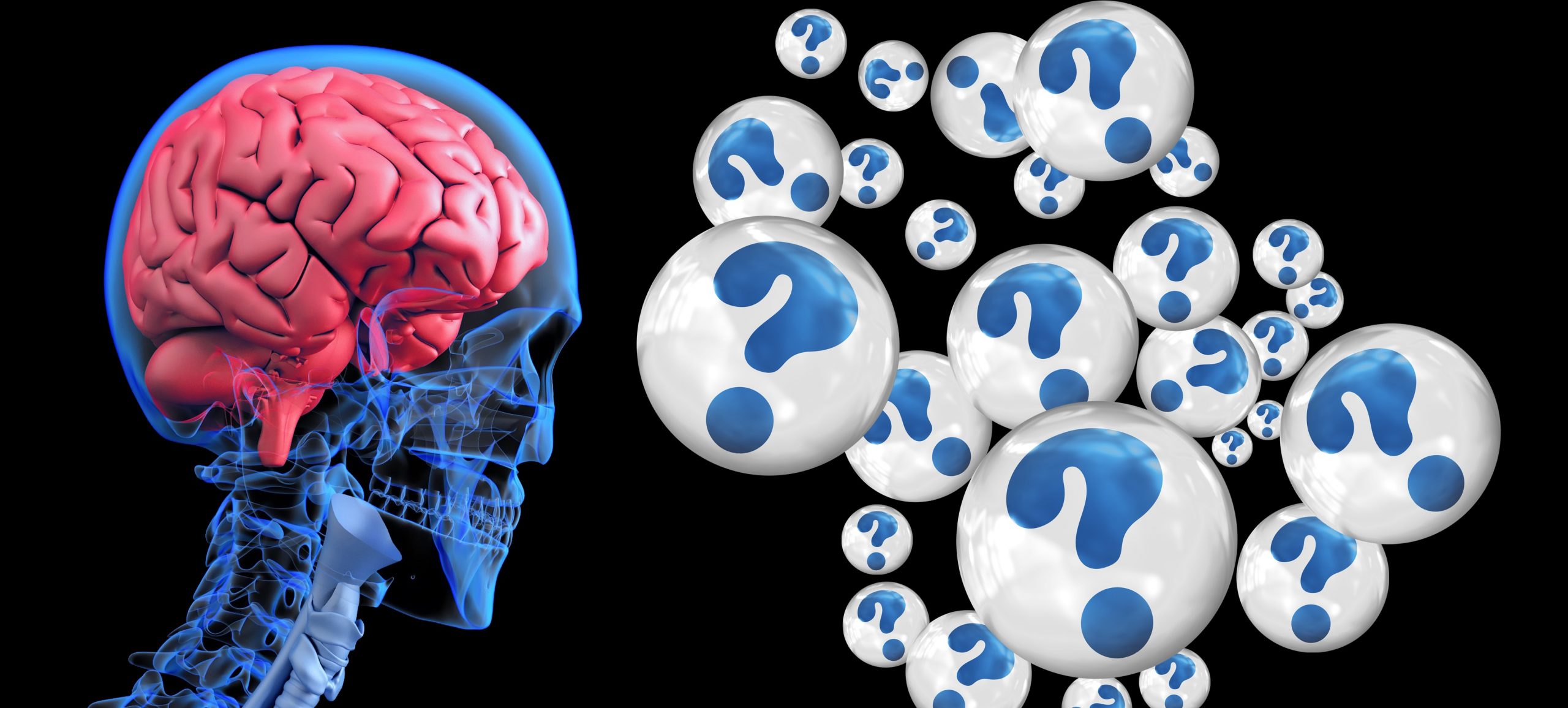
Where We Are in Understanding or Preventing Alzheimer’s Disease?
A lot of progress has been made in the understanding and possible prevention of Alzheimer’s disease, but there is still so much that scientists don’t know. Right now there is no cure for this disease that affects more than six million Americans. September is World Alzheimer’s Month, so if you have a loved one who needs end-of-life care in Alameda County and elsewhere, you will find this week’s blog very interesting. Let’s take a look at where we are in terms of research and advancements in understanding and treating Alzheimer’s, a degenerative brain disease that is the most common form of dementia.
Here’s What We Know
There are many things we know about Alzheimer’s, as it’s been studied extensively for the last several decades. Alzheimer’s is a progressive disease that worsens with time. There is no cure and it’s not a normal part of aging.
It’s the most common cause of dementia (60 60 80 percent of cases), which is an umbrella term that encompasses memory loss and other cognitive abilities that interfere with daily activities. The biggest risk factor is increasing age, as most people with Alzheimer’s are age 65 or older.
While there is no cure, there is a treatment that can be provided — a therapy, really. It involves removing amyloid, a hallmark of Alzheimer’s disease, from the brain which is thought to reduce the cognitive and functional decline in people living with early Alzheimer’s. Other treatments are available that can slow the progression of dementia symptoms temporarily and improve quality of life. Worldwide efforts are underway to come up with better ways to treat this disease, delay onset, and prevent development, says the Alzheimer’s Association.
We also know that nutritious food, exercise, socialization, sleep, and other positive lifestyle aspects can help prevent Alzheimer’s, with one study showing that lifestyle changes may reduce the chance of developing Alzheimer’s by 35 percent, according to the AARP. Also, certain genes have been connected with Alzheimer’s. One of those is APOE e2, which can reduce your risk of Alzheimer’s, and APOE e4, which can increase your risk. You are at the greatest risk of developing Alzheimer’s if you get APOE e4 from each parent.
Who you are also plays a role. Socioeconomic factors such as income, education, and where you live can determine whether you develop Alzheimer’s or not. Even race can come into play, with African Americans being twice as likely to develop Alzheimer’s disease as Caucasians; Hispanics are one and a half times more likely.
Alzheimer’s is characterized by the presence of two proteins in the brain: amyloid and tau. Amyloid proteins clump into plaques, while tau forms something known as tangles. It’s still not clear how these two proteins interact to bring on Alzheimer’s, but it’s suspected that they work together to block messages between brain cells. When they accumulate, they cause inflammation and clog up the transportation system designed to clear the brain of unnecessary debris.
Brain cells die in patients with Alzheimer’s, but it can’t be said with any certainty whether the person had Alzheimer’s without examining the tau and amyloid proteins post-mortem. Till then, doctors can only perform tests and come up with a probable diagnosis.
Here’s What We Don’t Know
Now, there’s plenty that scientists and doctors still just don’t know about this progressive disease that usually hits after 65 (although it can develop much earlier in some people).
Scientists do not know what triggers deposits of abnormal proteins in the brain or how these deposits cause damage to brain neurons. What’s even more puzzling is that they don’t know why the small percentage of people with plaque buildup do not end up getting Alzheimer’s.
Researchers have not determined the complex genetic processes that form the backbone of Alzheimer’s; they only know that the disease is likely brought on by several genes (dozens in fact) rather than just one single gene.
No drugs have been successfully created that can cure or slow the progression of Alzheimer’s, although some can temporarily relieve symptoms somewhat. The statistics are grim. About 99 percent of clinical trials involving Alzheimer’s drugs fail, which has prompted many major pharmaceutical companies to halt their experiments in developing this class of drugs.
Scientists don’t know if social factors cause Alzheimer’s or if they strengthen resilience to the disease via a so-called “cognitive reserve” of brain strength.
Removal of amyloid from the brain may not be effective if brain shrinkage has already started. Clinical trials that involved removing amyloid plaques from the brains of patients who already had Alzheimer’s disease did not show an improvement in cognitive performance. That’s why some experts are starting to target earlier stages in the disease, such as removing amyloid in healthy older adults that are shown to have higher levels of amyloid plaques.
Even though a cure is not within our grasp at the moment, many experts feel that early diagnosis and intervention are important in halting the disease before it can really take hold.
Contact Pathways Home Health and Hospice
We offer many resources when it comes to dementia care, from communication in dementia to social activities to caregiver support. Learn more by calling us at 888-978-1306.

